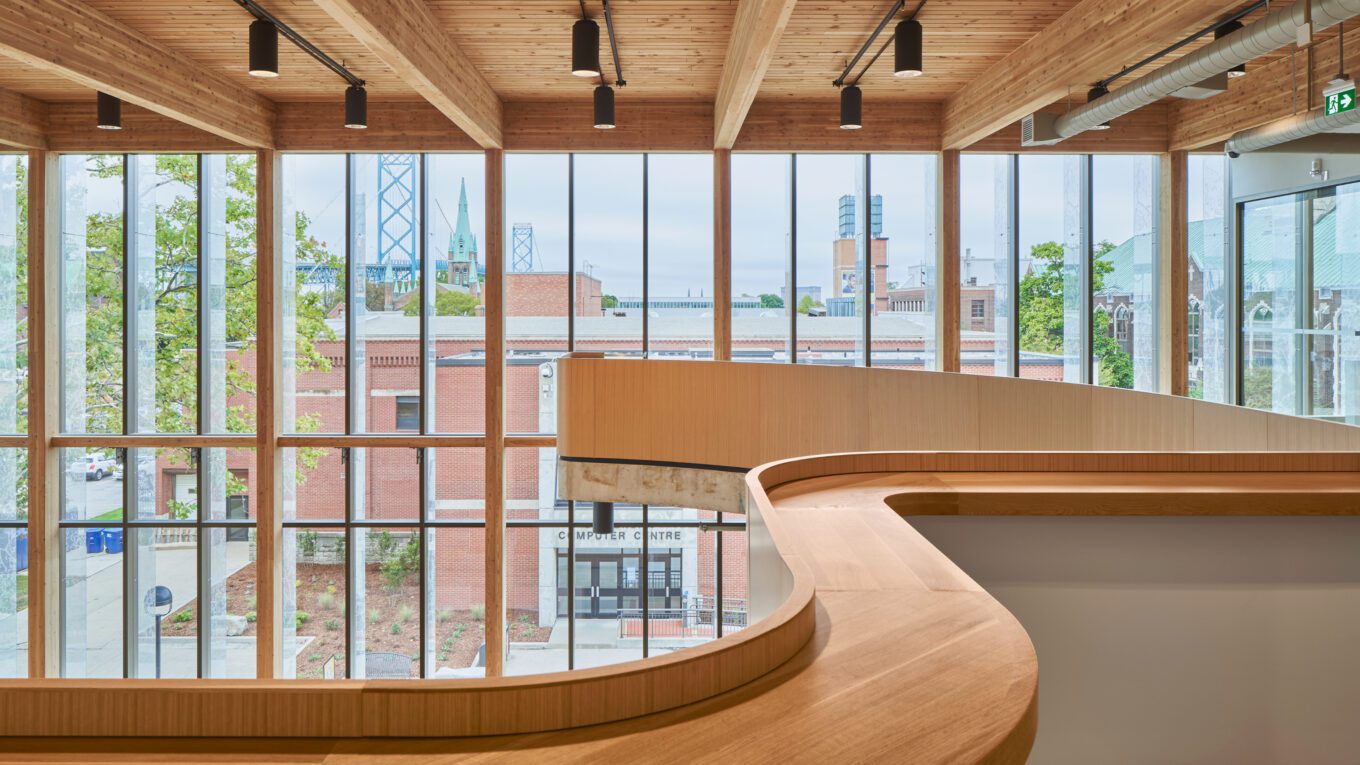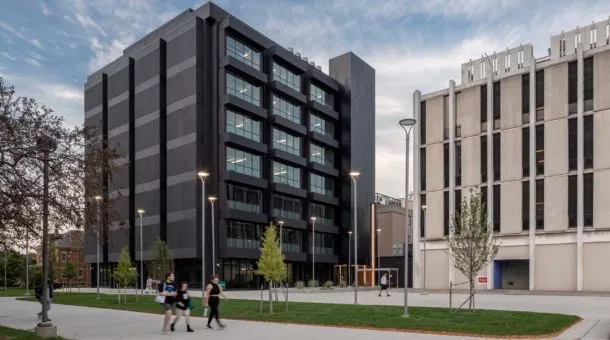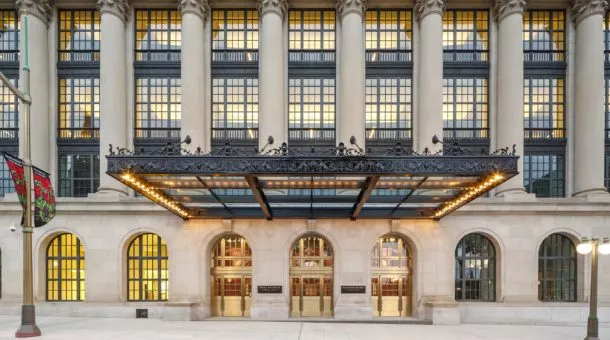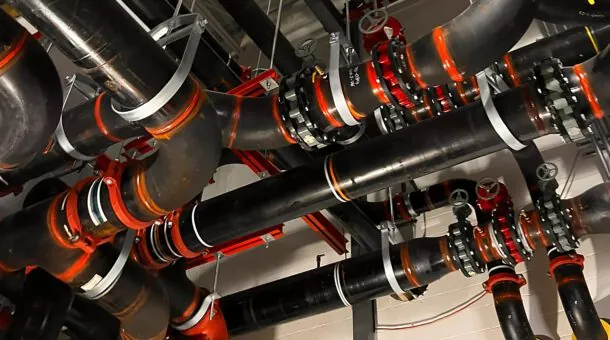Structural Engineering

Over the years, we have earned a reputation for providing innovative and robust solutions to challenging structural problems. The ability of our team to work with a wide spectrum of modern and traditional materials allows us to help our client meet their aspirations with the most effective system that is constructible and verifiable. Whether it is a steel pedestrian bridge with tuned mass damper or a mass timber building that serves function and expresses an elegant structure, our team is always eager to explore options, discuss them with the architect and put them to the rigor of advanced technologies.
Our structural engineers are well-versed across building types and project scopes including:
- Spectrum of New Structural Systems
- Structural Assessment
- Retrofit of Existing Structures
- Structural Modifications and Additions
- Heritage Structures
- Repair of Dilapidating Concrete Structures
- Special Studies/ Peer Reviews
- Blast and Anti-Ram Barriers Design
- Forensic Engineering
- Seismic Resistant Design
Related Projects

Wayne State University STEM Innovation Center
Transformation of underutilized space to an interdisciplinary purpose

The Wellington Building
Landmark building is a legacy for future generations

Canada Science and Technology Museum Renewal
The modernization of a National Museum in Ottawa
Related Services

MEP Engineering
Embrace computer-aided design calculations to meet performance goals

Sustainability
Support decarbonization and occupant well-being through evidence-based design